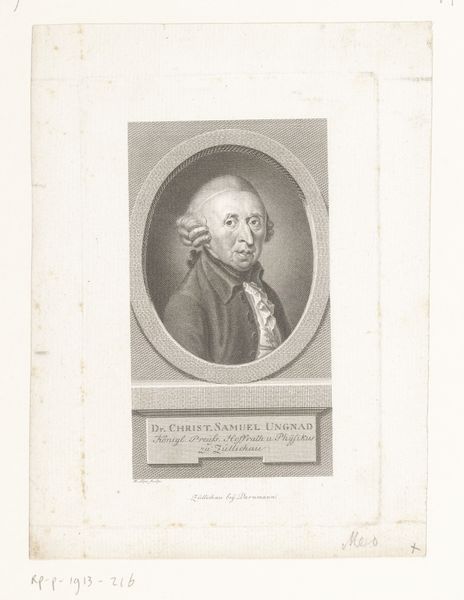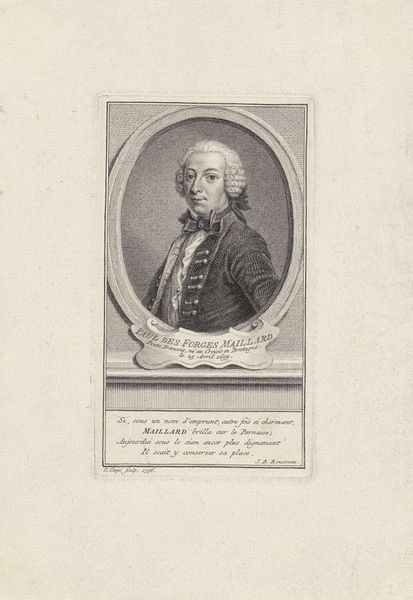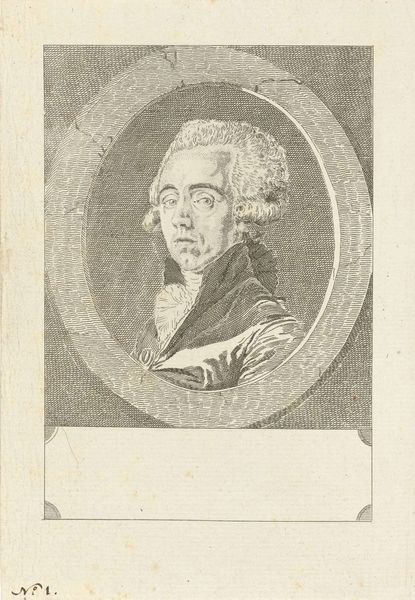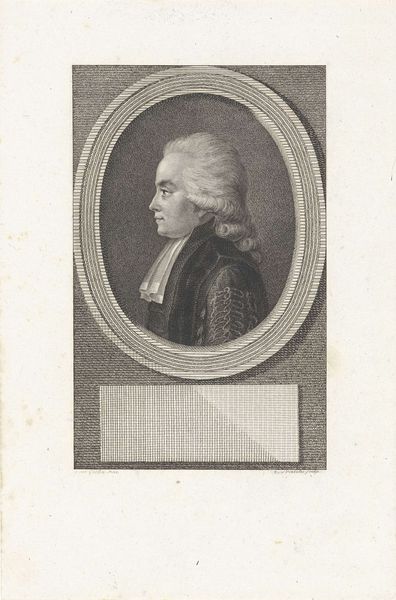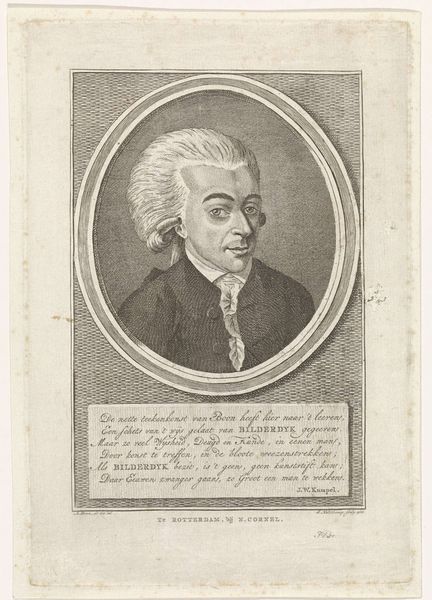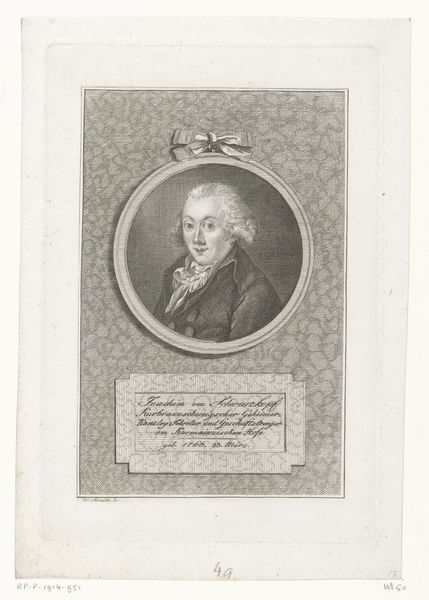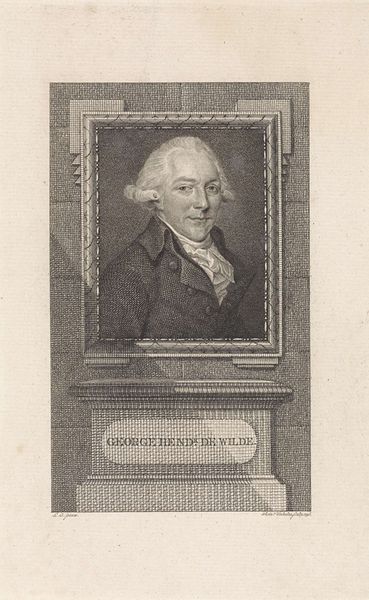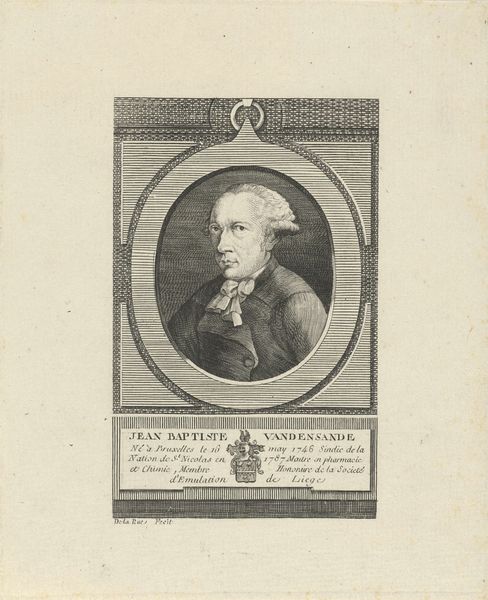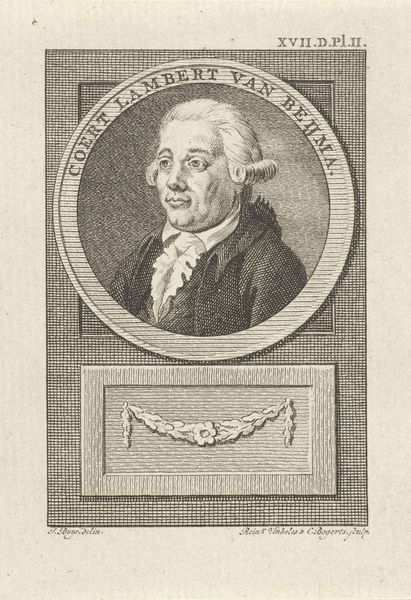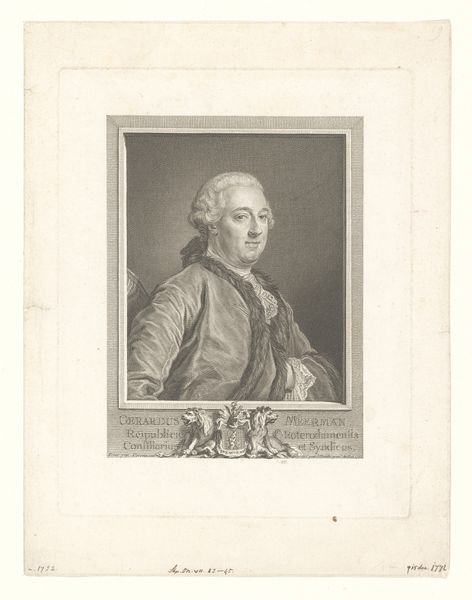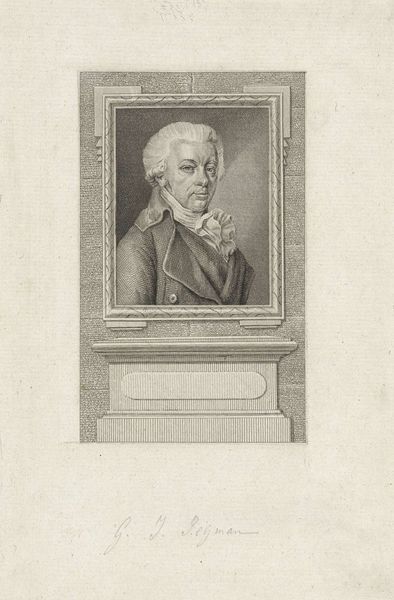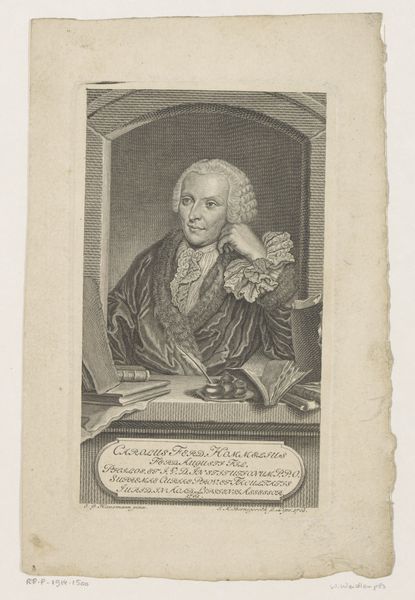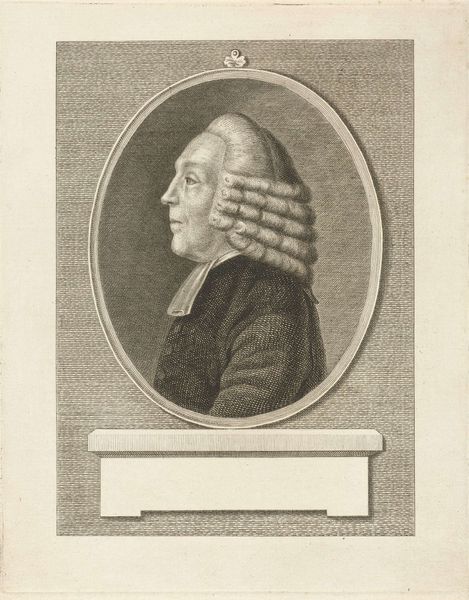
print, engraving
#
portrait
#
neoclacissism
# print
#
15_18th-century
#
history-painting
#
engraving
Dimensions: height 162 mm, width 107 mm
Copyright: Rijks Museum: Open Domain
Editor: Here we have a portrait of M. Riquetti de Mirabeau, made between 1782 and 1816 using an engraving technique. It’s interesting how the oval frame emphasizes the figure's strong profile... what meaning do you draw from this image? Curator: Notice how the artist renders Mirabeau almost like a classical bust – a format resonating with ideals of republican virtue that surged during the late 18th century. This deliberate reference connects Mirabeau, a prominent figure of the French Revolution, to a lineage of revered historical leaders. Do you think that's a conscious choice? Editor: Absolutely, the connection to those virtues seems very deliberate. Does his specific stance— the sharp profile view— contribute anything beyond classical imagery? Curator: It's more than just likeness. The profile carries connotations of medals and coins, emblems of authority and memory. Look closely— how does the line and precision of the engraving add to that sense of controlled, idealized representation? Editor: Now that you point that out, I see how that sharply defined profile, combined with the engraving technique, lends an air of immutable authority. Almost like he is meant to be remembered a certain way. Curator: Precisely. Think about why this specific kind of memorializing image would be in demand, in this way, and during those times. Editor: It sounds like this seemingly simple portrait is saturated with symbols, linking Mirabeau to power, memory, and revolutionary ideals through deliberate visual choices. Curator: Exactly! And unpacking these choices allows us to understand how images shape our understanding of historical figures. Editor: That’s fascinating! I'll definitely look at portraits with a different eye now, considering their symbolic weight within the cultural context.
Comments
No comments
Be the first to comment and join the conversation on the ultimate creative platform.
